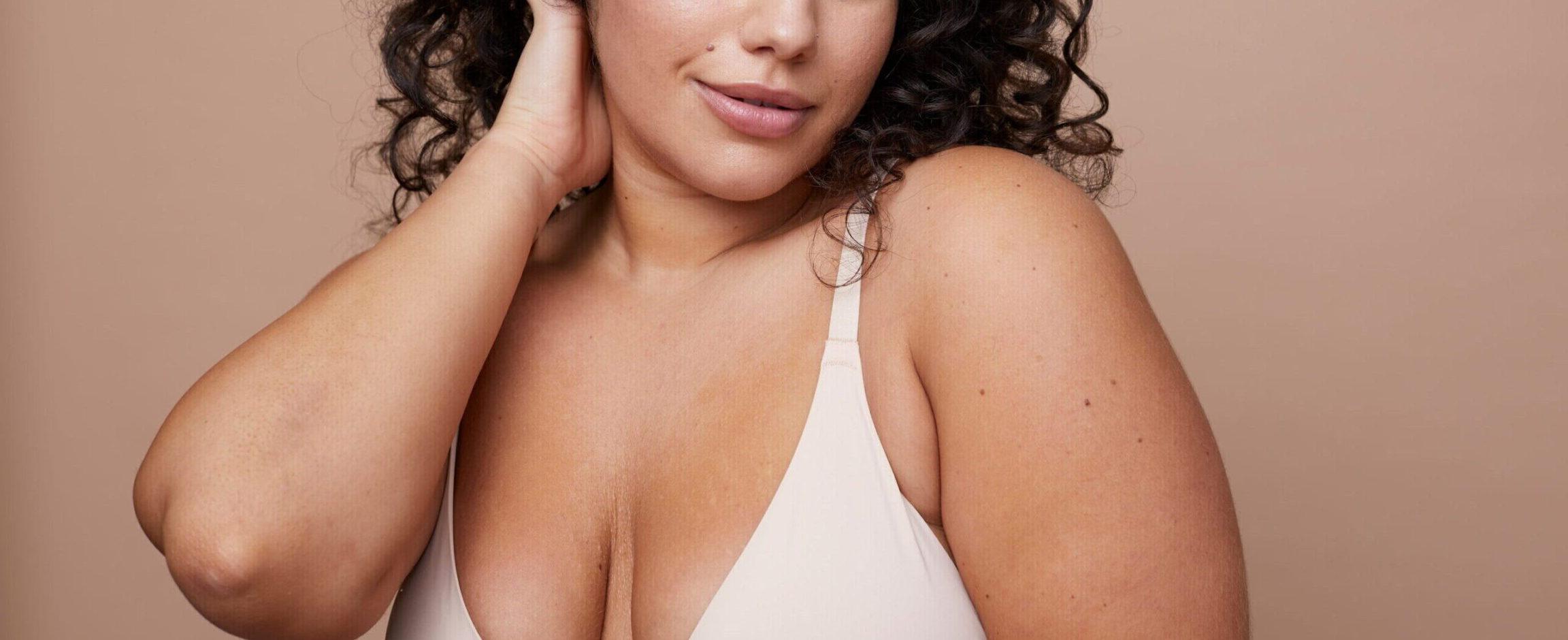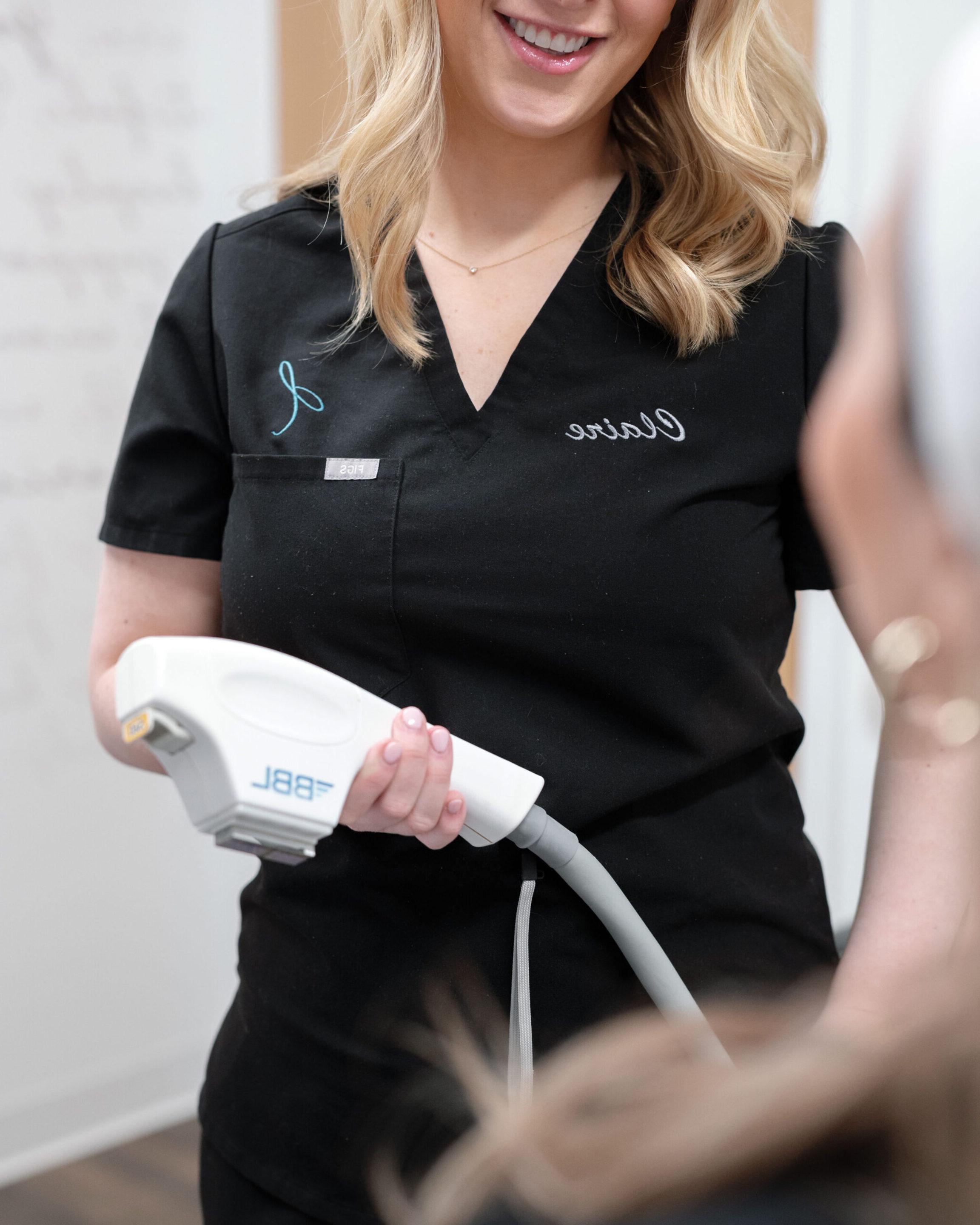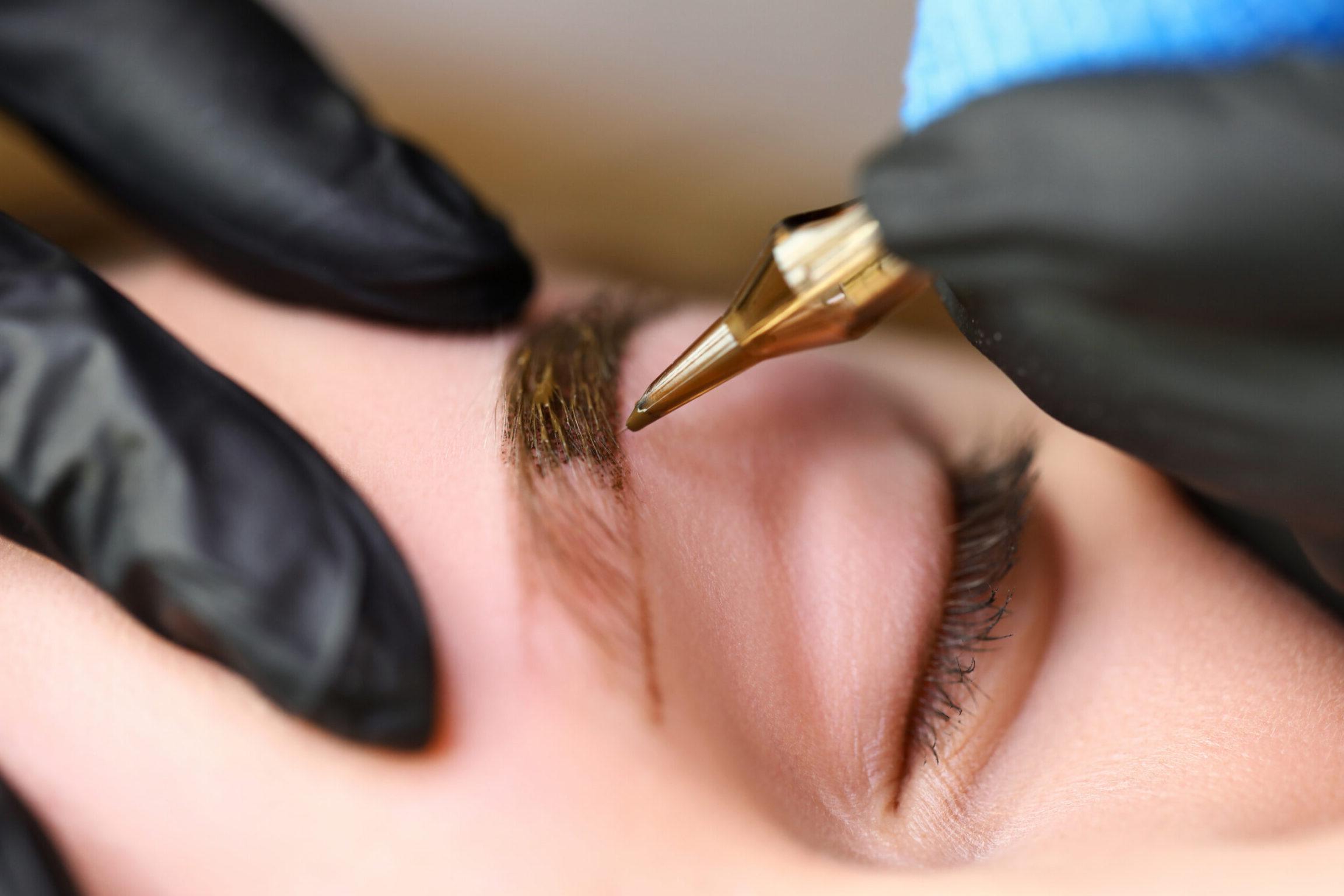
Breast Reduction Columbus, Ohio
Ease the burden By Reducing Breast Size
Disproportionately large breasts can cause back pain, neck pain, shoulder grooving, limitations in sports and other physical activities, poor clothing fit and decreased confidence in social and intimate settings. Breast reduction surgery literally lightens your load, improving quality of life while empowering you to look and feel your best with beautiful, natural results.

Don’t Let Your Breasts Weigh You Down
Before surgery, many patients say they’re burdened by the weight on their chest, and they’re limited physically and socially. Both Dr. Donaldson and Dr. Sieffert are board-certified plastic surgeons who perform hundreds of successful breast reduction procedures each year. They will use the latest techniques to make your breasts smaller, rounder, higher, perkier and more proportionate with minimal pain and downtime.
Frequently Asked Questions
-
Breast reduction, also known as reduction mammaplasty, is a surgical procedure for reducing breast size. Breast tissue, fat, and skin are surgically removed, and the remaining breast tissue and skin is lifted higher onto the chest, in better proportion. For Dr. Donaldson and Dr. Sieffert, breast reductions typically include a breast lift.
-
If you can identify with any combination of the following descriptors, you may be a cadidate for breast reduction surgery:
- You are generally physically healthy
- Your breasts are fully developed
- Your expectations are realistic
- You do not smoke
- Your breasts limit your physical activities or social engagement
- You feel that your breasts are too large or pendulous
- The weight of your breasts causes back, neck or shoulder pain
- You regularly get indentations from bra straps supporting your large breasts
- Your breasts have stretched skin and hang low
- Your nipples are below the breast crease when your breasts are unsupported
- Your areolas are enlarged due to stretched skin
- You often have skin irritation beneath the breast crease
-
We want to have a conversation with you! Our team will ask about your aspirations, lifestyle and health. Together, we will decide your optimal breast size as well as any other improvements that can be made during your breast reduction surgery.
Come into your consultation prepared to discuss:
- Your reasons for surgery, your desired outcome and your expectations
- Any medical conditions, including drug allergies and medical treatments
- Your current medications, vitamins and herbal supplements
- Your use of alcohol, tobacco and drugs
- Any previous operations
- Your family history of breast cancer and personal history of mammograms, ultrasounds, MRIs or previous breast biopsies
We may also talk to you about any emotional issues you have dealt with relating to your breasts and whether your breasts physically limit you. Our team will take measurements and photographs, and discuss how much tissue, fat and skin will need to be removed to achieve your goal. We will describe the surgical technique and typical scars.
Lastly, we will provide you with specific information about how to prepare for your surgery, which may include referrals for imaging, or stopping certain medications.
-
- Do you think I’m a good candidate for this procedure?
- What will I be expected to do to achieve the best results?
- What surgical technique do you recommend for me?
- What will my recovery be like?
- What are the risks and complications of this procedure and how are they handled?
- Will I still be able to breastfeed?
- How will my breasts look over time?
- Do you have a gallery of before and after photos for this procedure that I can look at?
- What are my options if I’m unhappy with the outcome?
-
Our team will provide you with specific recommendations and instructions, but you may also be asked to:
- Undergo lab tests or a medical evaluation
- Adjust your current medications or begin taking certain medications
- Get a mammogram
- Stop smoking, usually at least two to four weeks before the procedure
- Avoid taking aspirin, herbal supplements and anti-inflammatory drugs, which may increase bleeding
It is important to prepare for your recovery so that you are not scrambling to make arrangements after surgery. You will need a driver to and from surgery, as well as someone nearby for the first 24-48 hours after surgery.
What To Keep At Home For Recovery:
- Lots of ice
- Clean washcloths, gauze and towels
- Comfortable, loose T-shirts and tops
- Any recommended special ointments or creams for bruising and incision sites
-
Complications from breast reduction surgery are uncommon, but certainly possible. These risks may include:
- Infection
- Prominent scarring
- Changes in breast or nipple sensation
- Anesthesia complications
- Bleeding
- Blood clots
- Breast contour and shape irregularities
- Breast asymmetry
- Potential inability to breastfeed
- Fluid accumulation
- Allergies to tape, glues, suture materials or injectable agents
- Possibility of revision surgery
It is important to consider pregnancy status and planning, tattoo locations, nipple piercings and other breast conditions in advance.
-
The true cost of a breast reduction varies on several different factors, including the amount of tissue removed, methodology, OR time, anesthesia costs and more. It is important to consider each of these when providing an estimate. With all factors included, the average breast reduction cost in Columbus, Ohio, ranges from $7,000 to $10,000.
You will receive a customized quote during your initial one-on-one consultation for your breast reduction. This quote is good for six months after your consultation, so you have plenty of time to think about your decision or research our different financing options.
-
No. Insurance companies typically dictate how much breast tissue must be removed for your surgery to be deemed medically necessary before they will cover it. We believe this is taking away your power to decide, along with your surgeon, what is best for you. We believe the amount of breast tissue removed should be left up to the patient and their plastic surgeon — not dictated by a health insurance company.
Insurance Companies Have Strict Policies
If you are seeking breast reduction through insurance, you should know that insurance companies will consider the breast reduction procedure “cosmetic” until a patient can prove a number of health issues caused by having large breasts. There are stringent requirements you must meet before you qualify — most insurance companies require proof of (on average) 6 to 12 months of conservative treatment measures including chiropractic treatment, physical therapy, dermatology referrals for rashes & more. Ultimately if they agree to pay for surgery, they are only paying for a smaller size and not for the best possible appearance.
-
Our surgeons perform breast reduction surgery under general anesthesia. This means that you will be asleep for the operation, which usually lasts between two and three hours.
There are two primary options for incisions which begin with cutting around the pigmented area or nipple-areolar complex (NAC). Dr. Donaldson or Dr. Sieffert will recommend the best choice for you.
Incision options include:
- A keyhole-shaped pattern, with an incision around the areola and down to the breast crease
- An anchor-shaped or inverted T-shaped incision
Throughout the procedure, the nipple remains attached to the underlying breast tissue in 99.9% of cases. After the incision is made, the areolar diameter is usually reduced by excising skin at the perimeter, and the nipple is repositioned higher on the chest.
Underlying breast tissue is reduced, lifted and shaped. VERY rarely, if breasts are extremely large and pendulous, the areola and nipple may need to be removed and replaced to a higher position on the breast. This is known as a free nipple graft and it is reserved for unique circumstances.
We Attempt To Minimize Scarring Throughout The Procedure
After the internal adjustments are complete, the incisions will be closed. Bringing the incisions together reshapes the new, smaller breast. Sutures are layered deep to superficial in order to create and support the new breasts. All sutures are dissolvable under the skin, and a final layer of skin adhesive (surgical-grade super glue) is used to protect the skin. These incision lines become permanent scars, but they usually fade and improve over time. We also offer additional nonsurgical treatments to help diminish the appearance of scars, including Morpheus8 skin tightening.
Your Procedure May Look A Little Different
Although the steps listed above describe the typical breast reduction procedure, there are exceptions. In some cases, excess fat may also be removed through liposuction – particularly to the sides of the breasts, under the armpits. “Bra fat” can also be removed if it bunches between the front of the armpit and the top of the chest.
-
After your procedure, your incisions will be covered with light dressings and a supportive sports-style bra that detaches in front. This bra is worn during recovery to minimize swelling, support the breasts as they heal and hold breasts symmetrically during the healing process without an irritating underwire.
Our team will prescribe pain medication to minimize discomfort, as well as provide you with specific post-operative instructions. Our staff will assist you in coordinating follow-up appointments. Typically, you can resume your normal activities within 1-2 weeks and rigorous athletics within 4-6 weeks. Scars should fade within 6-12 months.
Schedule Your Surgical Consultation With Us
Breast reduction can help in a multitude of ways, as the procedure tends to decrease pain, improve mobility and enhance self-esteem. Many of our patients have reported an overall improvement in quality of life after undergoing this procedure.
We invite you to get in touch with us today to discuss your goals and schedule your initial consultation!
From the Experts

Read More Lower Blood Pressure Naturally
Lower Blood Pressure Naturally
Hypertension can limit fertility, restrict surgery options & shorten life expectancy. These lifestyle interventions can help lower your blood pressure naturally!

Read More Functional Medicine Dietitian vs. Conventional Dietitian
Functional Medicine Dietitian vs. Conventional Dietitian
While both disciplines are vital for a healthy society, Functional Medicine Dietitians are often preferred when treating chronic illness using nutrition care.

Read More How To Inject Semaglutide At Home
How To Inject Semaglutide At Home
Our comprehensive, step-by-step guide to safely & effectively injecting compounded semaglutide at home.













